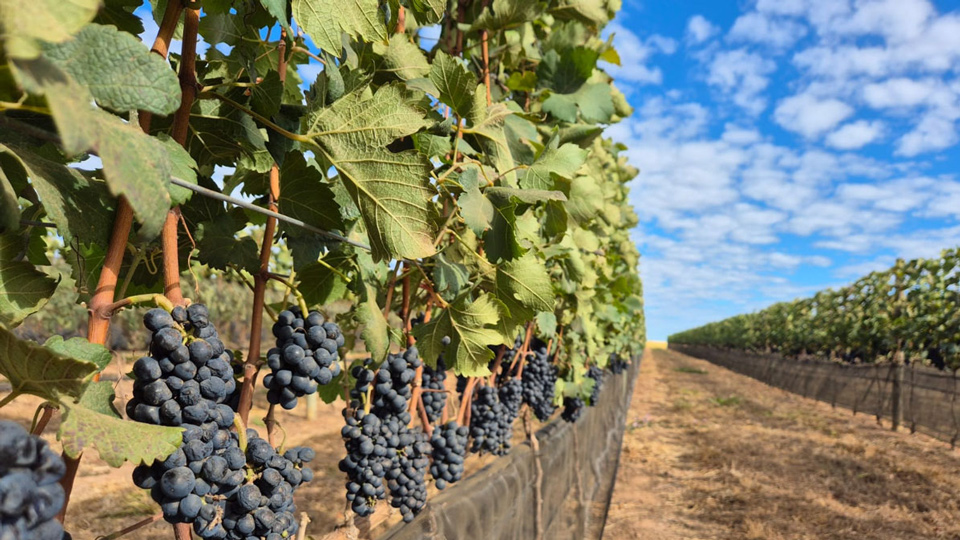Impact Stories
WIPO GREEN is an online platform for technology exchange, aiming to connect providers and seekers of environmentally friendly technologies. But what do these matches look like? In the Impact Stories, WIPO GREEN describes what brings the parties together and we can follow the successes and challenges of green tech deployment around the world.







